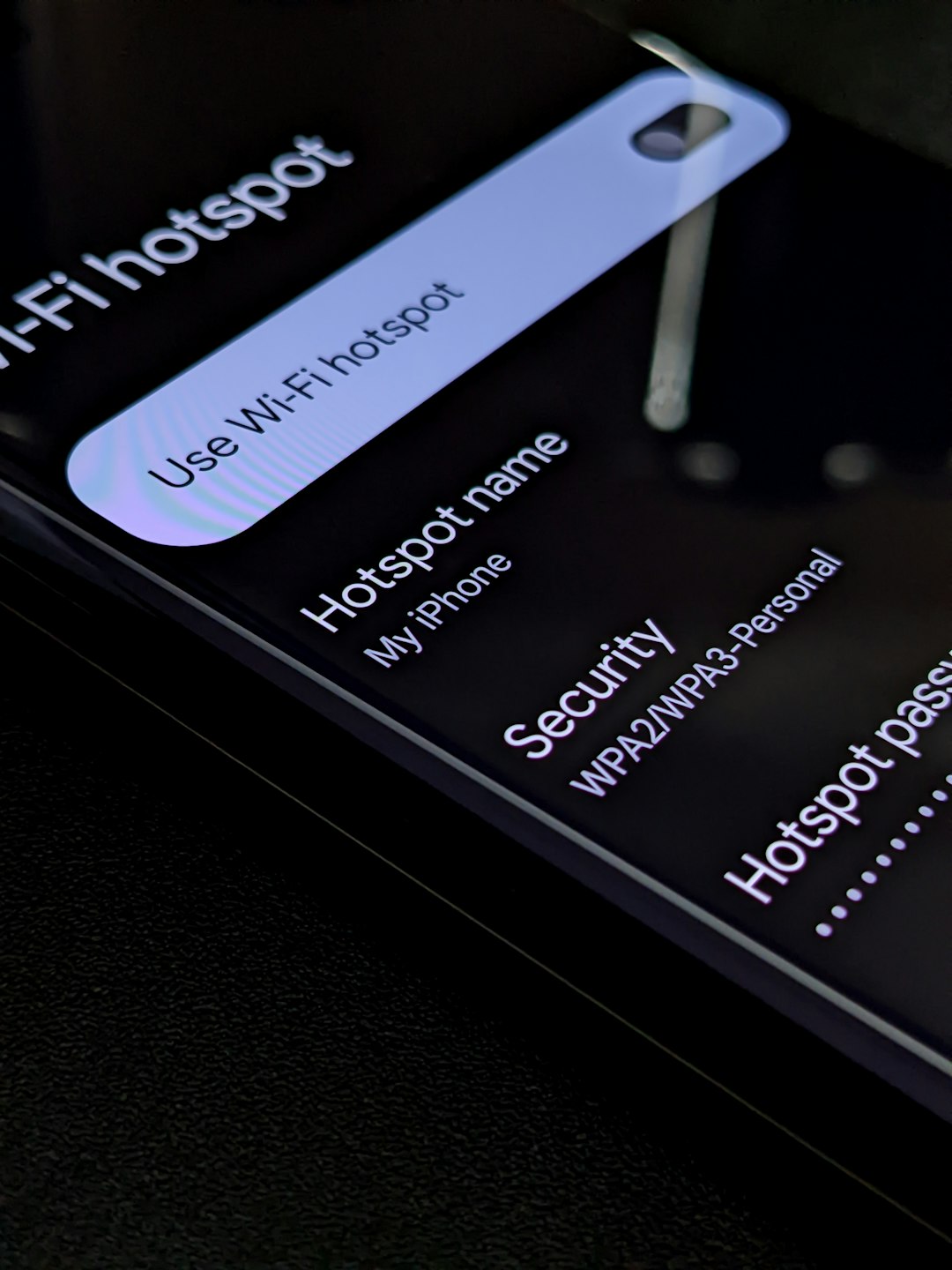Facebook remains one of the most powerful platforms for businesses, entrepreneurs, and content creators to reach large audiences. With more than 2.9 billion active users globally, it presents an unparalleled opportunity to build brand awareness, generate leads, and engage with your target demographic. One of the most accessible yet often misunderstood methods of growing your reach on Facebook is by boosting posts. While the process might seem simple, there’s a big difference between boosting casually and doing it like a pro.
What Is a Boosted Post?
A boosted post is essentially a regular Facebook post that you pay to promote to a broader or more specific audience. Unlike traditional Facebook ads built within the Facebook Ads Manager, boosting posts allows for quick deployment directly from your page’s timeline. This can be ideal for quick promotions or when you want to increase visibility on well-performing content. However, careless boosting can quickly waste your budget without delivering meaningful results. That’s why it’s crucial to learn how to strategically approach it like a professional.
When Should You Boost a Post?
Not every post should be boosted. To make the most out of your advertising budget, select posts that have already shown signs of organic engagement. These posts are more likely to perform well when promoted. Boosting should be considered when:
- The post has unusually high engagement (likes, comments, shares)
- The message aligns with a larger campaign or promotion
- You are announcing a time-sensitive event
- You want to retarget people who engaged with your page recently
Assessing the performance of your posts in the Meta Business Suite or Facebook Insights can help you identify which posts are ripe for boosting.
Step-by-Step Guide to Boosting Like a Pro
-
Identify Your Objective
Before boosting, be crystal clear about what you want to accomplish. Objectives might include:- Increasing page likes
- Driving traffic to a website
- Encouraging event RSVPs
- Generating new leads
Facebook will ask your goal when initiating the boost, and this will influence how the platform optimizes the campaign delivery.
-
Define Your Audience
One of the key aspects of boosting like a pro is laser-focused audience targeting. Rather than selecting a broad audience such as “men and women aged 18-65”, define specifics:- Geographic location (countries, states, or local areas)
- Gender and age range of your ideal customer
- Interests and behaviors based on what your audience likes or buys
Facebook also allows you to create “Custom Audiences” or “Lookalike Audiences” for more advanced targeting options.
-
Set Your Budget and Duration
Choose a budget that aligns with your campaign goals and expected ROI. It’s better to test with smaller amounts initially and scale up once you find successful combinations. Factors to consider:- Start with $10-$50 to test engagement and reach
- Monitor cost-per-result frequently
- Experiment with short and long durations (1-7 days)
-
Review Placement and Optimization Options
Facebook usually defaults your ad placements to automatic. While this can be effective, professionals often prefer to tailor placements based on campaign type. For instance:- Use Facebook and Instagram feeds for visual content
- Select Stories or Reels for mobile engagement
- Exclude placements like Audience Network unless necessary
-
Craft a Captivating Call-to-Action (CTA)
A compelling CTA guides audiences to take the desired action. Facebook provides several CTA button options, such as:- Learn More
- Shop Now
- Sign Up
- Send Message
Select a CTA that aligns with your campaign’s ultimate objective. Don’t use “Learn More” if you want them to make an immediate purchase.
Tips for Higher Conversion Rates
Boosting like a pro requires understanding how the Facebook algorithm interacts with your decisions. Below are several insider tips to help enhance your post’s performance once boosted.
- Use High-Quality Visuals: Avoid blurry images or pixelated videos. Quality visuals stop the scroll and hold attention.
- Keep Text Minimal: Too much text can decrease reach. Stay under the 20% rule for images and ensure the message is clear.
- Time Your Boosts Strategically: Boost during times your audience is most active—review your Page Insights for this data.
- Use UTM Parameters: Track performance in Google Analytics by tagging your links with UTM parameters to measure traffic accurately.

Monitor and Adjust Campaigns
One of the key things that separates amateurs from professionals in Facebook marketing is campaign management. Boosted posts should be actively monitored and optimized. Make it a habit to:
- Check performance metrics daily (reach, engagement, CTR, CPC)
- Pause underperforming campaigns early
- Scale successful campaigns by gradually increasing budget
Use A/B testing by boosting similar types of posts with slight variations in headlines, images, or offers. This gives you valuable insights into what works with your audience.
Boosting vs. Facebook Ads Manager
While boosting a post is convenient, it does not offer the same level of control as creating ads from scratch within Facebook Ads Manager. Seasoned marketers often use a combination of both methods. Here’s a quick comparison:
| Feature | Boosted Post | Ads Manager |
|---|---|---|
| Ease of Use | Very Simple | Requires Experience |
| Targeting Options | Basic | Advanced (Retargeting, Lookalike, etc.) |
| Custom Objectives | Limited | Extensive |
| Budget Control | Basic | Granular |
For large campaigns or when complex targeting is essential, Ads Manager is your best friend. But for quick engagement boosts, a well-executed boost can still deliver superb results.

Common Mistakes to Avoid
- Boosting Every Post: Not all content deserves paid promotion. Focus on your top-performing or strategic posts.
- Ignoring Audience Overlap: Boosting multiple posts simultaneously to similar audiences can lead to saturation and ad fatigue.
- Not Reviewing Metrics: Always monitor metrics like ROI, frequency, and engagement rates. Ignorance can be costly.
Conclusion
Boosting a Facebook post isn’t just about clicking “Boost” and hoping for the best. With strategy, analytical thinking, and continual optimization, you can turn basic post promotion into a powerful weapon in your digital marketing arsenal.
When done correctly, boosting increases brand visibility, improves customer acquisition, and drives real business results. Use these expert strategies to approach each boost as a miniature campaign—with clear objectives, refined targeting, compelling creatives, and diligent review.
Mastering the art of boosting posts can make a noticeable difference in your Facebook marketing results. So next time you’re tempted to hit that blue button, take a moment to think like a pro




